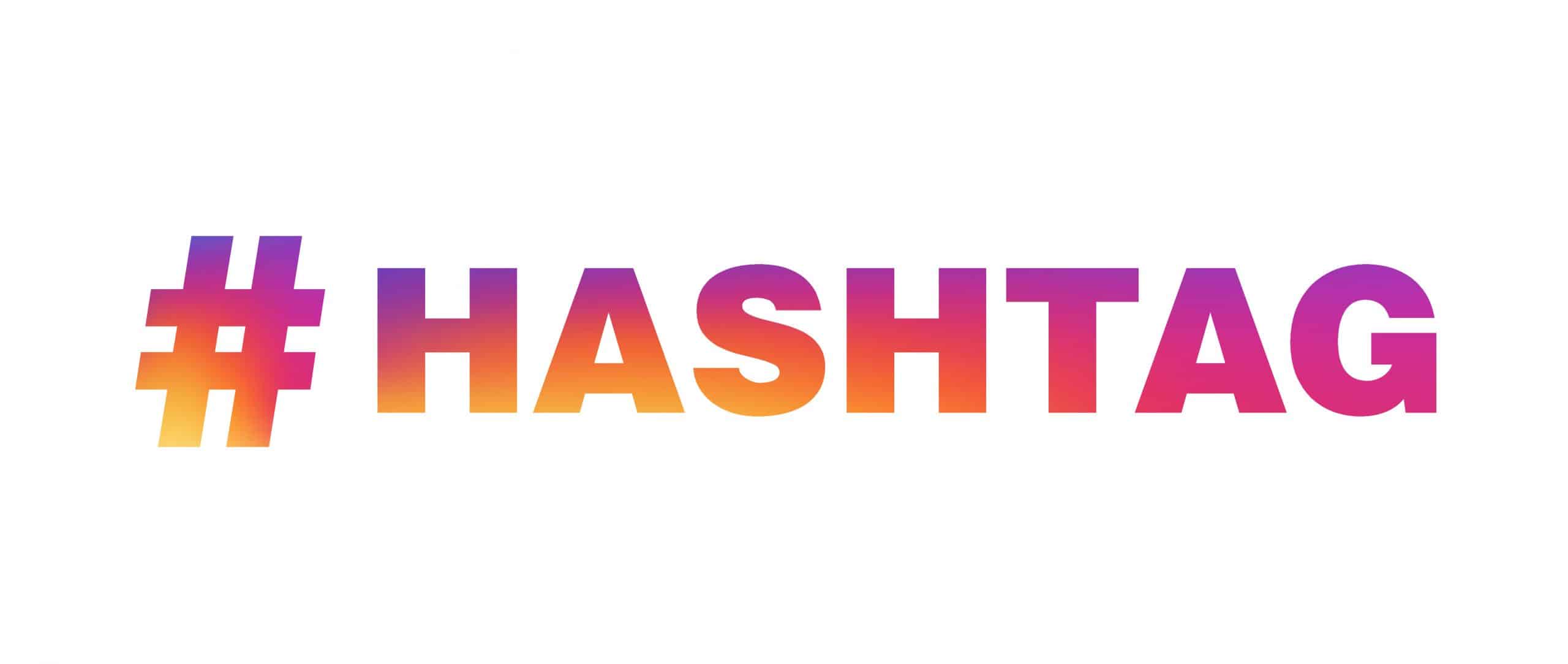Hashtags. There used to be a time when people used to call the “#” symbol, the “pound” or the “number” symbol. It wasn’t until 2007 when a San Francisco techie, Chris Messina, wrote a tweet suggesting people to use the “hashtag” to group topics. Over time, the hashtag caught on as the new social media revelation – creating whole communities of people with the same interests via hashtags. It’s been proven that just adding one hashtag can increase a post’s engagement rate by 12.6%. And the HIGHER the engagement, the HIGHER of a chance of becoming “Insta-famous” and making money. It’s why it’s almost impossible to find a single Instagram post nowadays without at least one hashtag, if not a whole paragraph of them!
But where does that leave you? Especially if you’re completely new to the hashtag scene?
Well for one, you can’t just copy and paste whatever Instagram (IG) hashtags you find! There is actually a lot of hashtag research that goes behind finding the right ones for your business/profile. It may seem strange at first, but here are three tips to help you get started.
Tip #1: Do the Hashtag Research
So chances are you already have an idea of what your profile’s focus point is! Maybe it’s fitness and you’re looking to post a new fitness workout with the best hashtags possible. To start, you can use online tools (like All Hashtag, Ingramer, or Sistrix) that will generate the top and most relevant hashtags to your topic. Or, you can just start typing “fitness” into the Instagram search bar and see what related hashtag communities are out there already. Make sure that you check out competitors too to see what hashtags they are already using. Because why work hard starting from scratch, when you can see what hashtags are already working!
Tip #2: Don’t Copy and Paste!
I cannot emphasize this enough – DO NOT copy and paste hashtags! Look up each potential hashtag and do a quick analysis of how large that hashtag community is. If you are just starting your Instagram campaign, you probably have to first focus on niche communities (maybe 200k tops) to build out a solid following first. These more specific communities will serve as your basis before branching out to more broad and popular Instagram hashtags.
If you start using tags like #fitnessmotivation, your post with only a few followers will likely get lost in the 87 million posts in that community. On the other hand, if you use a smaller community like #fastingbenefits, you compete amongst only 8000 posts. You just have to gauge how successful your current IG posts are at the moment and compete in whichever hashtag community seems feasible.
Tip #3: Post Hashtags in the Comments
Some people prefer to post hashtags in the captions so viewers can clearly see all the tags. But as a personal preference, it just seems cleaner and more professional if the hashtags are in the comment section instead. And listed as the very FIRST comment.
Instagram currently allows a maximum of 30 hashtags per post, so it is up to you if you’d like to put the maximum hashtags on a post. After all, you may certainly reach a wider audience by linking your post to more hashtag communities. The only thing you’d have to look out for is that a lot of hashtags on a post may discourage some followers. It’s why some social media marketers will recommend using only maximum 5-6 hashtags per post. But this number varies from situation to situation.
A Final Word
There are many different types of hashtags currently. Again, these can be privy to high density and high competition communities, but you’ll never know until you do the research!
Some of the types of hashtags include:
-
Community
-
Brand
-
Audience Descriptive
-
Product Descriptive
-
Niche
-
Location
-
Event
-
Curator
The large variety and nuances of hashtags may be slightly intimidating at first. But it shouldn’t deter you from using hashtags on future Instagram posts! If anything, it just means you’ll need to spend a little more time and effort doing hashtag research. But the results WILL pay off. By attacking the lower density and more niche communities first, you build a good following basis that will continue to grow as your account grows. And as your account grows, so does your ability to compete in larger hashtag communities.
So what are you waiting for? Those hashtags aren’t going to write themselves!



